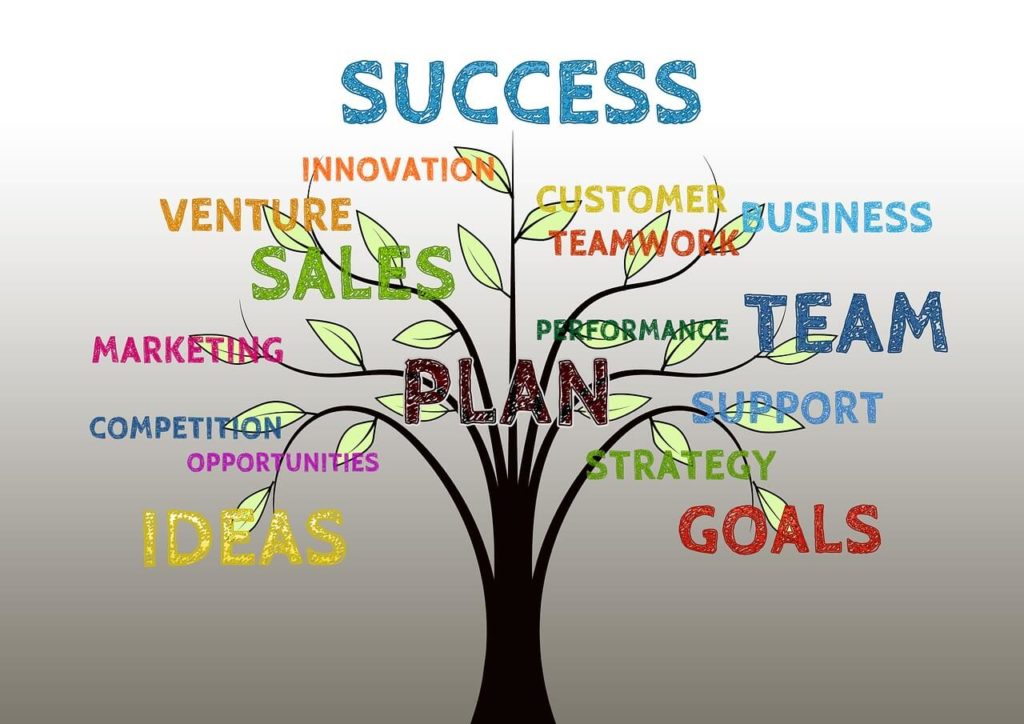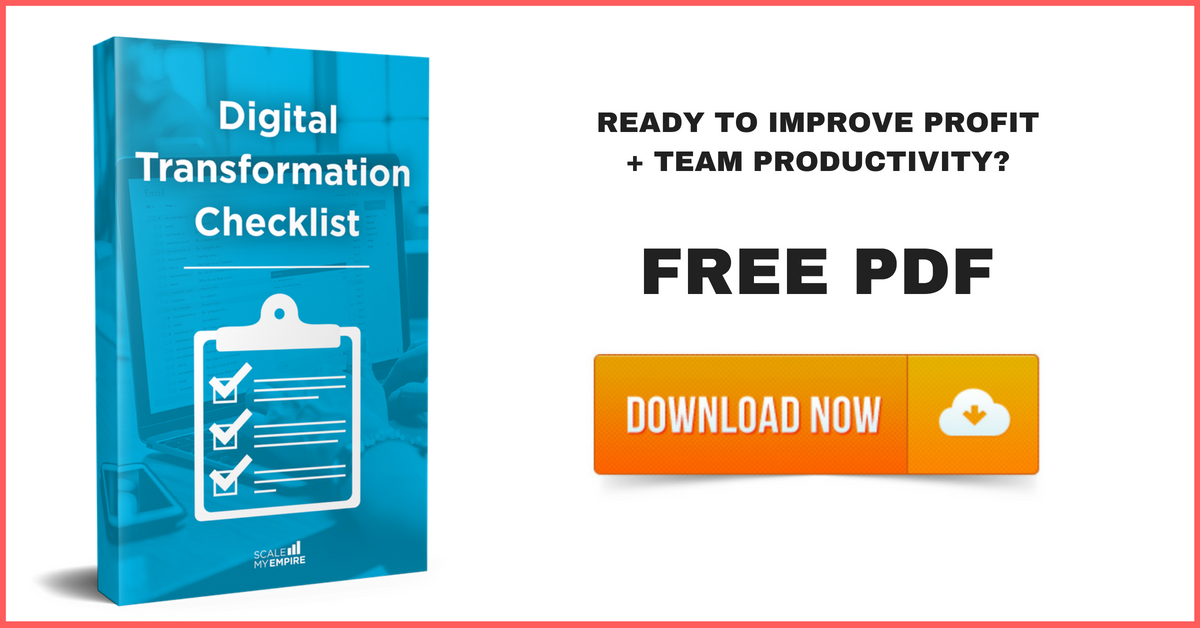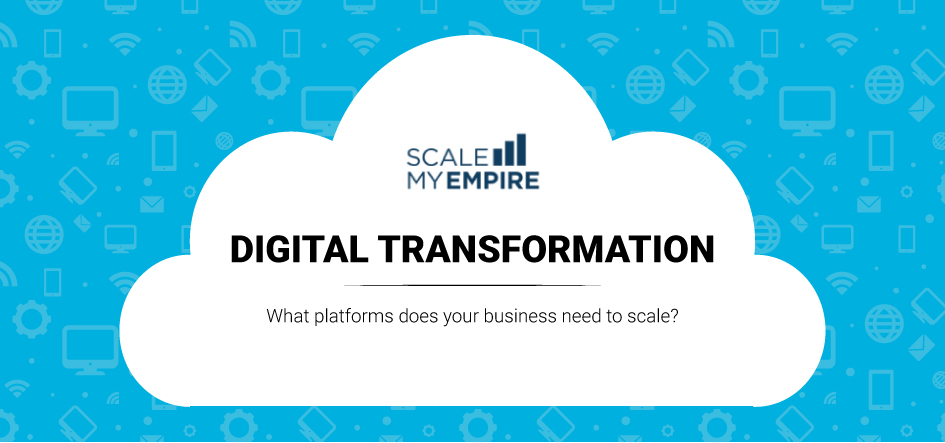
Table of Contents
Most business owners understand that systemising is a critical step to scaling their business, but what do you systemise first? Here’s how to do it.
Aligning your people, processes and technology platform (together, a ‘System’) means that your team can deliver your service in a standard, consistent and efficient manner that is in line with your brand and customer experience.
While nobody debates how important this is to growing a business, many Founders and Operations Managers struggle to work out where to start.
What to systemise first does depend on your growth stage your business finds itself at which is marked by your revenue and the size of your team.
We’ll start at freelance level and move into mature mid-market business, but it’s worth reading the full journey to make sure there is nothing you’ve missed.
To provide concise advice on how to implement systems, let’s divide the process into 4 steps.
Want to find out what to systematize first in order to scale your business? Click To TweetStep 1 – Systemise the Backend
Particularly if you are a freelancer or micro business, you probably know how important it is to do more with less.
You have to eliminate repetitive, non-creative tasks, and completely dedicate yourself to the actual building and innovation of your business.
In other words, you have to maximize your revenue-earning hours.
How can you do this? For starters, you have to reduce time spent on paperwork tasks and backend issues like emails, invoices, etc.
I call such tasks backend processes. The first thing to systematise is exactly that.
Organize all repetitive activities into backend procedures that can be followed up and done by a virtual assistant.
For example, have your VA follow the zero inbox philosophy which allows greater productivity by keeping your inbox as empty as possible at all times.
In fact, all those business hacks for increased efficiency and reduced repeatable activities become either easier or obsolete when you hire a virtual assistant.
After you engage a virtual assistant to do this, your attention becomes untied, and you can focus on billable work.
Related: Get Education and Advice on Virtual Assistants
Another example would be to create a procedure for gathering timesheets, schedules, and customer invoices, then train your virtual assistant to do it for you.
Now, instead of spending your valuable time on each of these activities, you get the bundle of reports to either approve or send back for further refining.
The most you might have to contribute might be a training video for your VA with further instructions on what you’re looking for. The idea, of course, is to get to the point where you’re simply reviewing and approving!
Related: When Is It Time to Scale?
When I myself first ventured into my CTO business, I made the (back then) risky decision of hiring a virtual assistant, and it paid off.
By relaying the admin stuff to my virtual assistant, I liberated a big chunk of this otherwise unproductively spent time, and that saved me many hours in my working week.
That said, my company has its roots in leveraging virtual assistants for growth. We’ve even grown to offer virtual assistant services to our clients in order to help them systematise their businesses as well.
Also, Scale My Empire is managed mostly by an outsourced team. We practice what we preach!
#SME fully utilizes systems in our business. We do what we preach! Click To TweetIf you only allow tech-based outsourcing, like various platforms and apps, to help you remove or at least manage those meager daily chores more easily, you’ll find yourself able to further dedicate your time to areas that you see fit.
But, the necessity of systematising the backend does not end here.
In offshored or outsourced teams, where you don’t have to (or you’re not able to) get live, personal communication on a regular basis, the importance of a proper system is increased.
You need a tight and refined system to help minimize communication loss, keep everyone up to date, and manage high productivity in spite of the physical distance of your employees.
To raise the bar, you can even devise a little system for spotting admin and communication problems when they appear, focusing on them, and upgrading current systems while saying:
“Alright, this is the problem that came up last month. We’re going to write or change these systems to prevent that in the future.” (But, more on this later.)
Another important question: Can systems replace the human workforce?
A highly systematized business actually not only replaces people but actually runs better than the one operated by humans!
We may still be stuck in that “no tool can replace a human” mode of thinking so we may fail to see that systematizing doesn’t try to replace humans.
A good system simply works to produce those impossible tasks in an efficient and more effective way than humanly possible. This drastically cuts down on time and resources.
Related: Five Ways to Boost Your Business’s Ability to Stay Competitive
A business unsystematised and fully reliant on individuals might earn a reasonable profit, while a systemized business has the potential to earn double or quadruple that amount.
Not to mention that when people leave, unsystematised businesses have to spend a lot more time and resources in order to reach the previous level of productivity in an attempt to simply adjust!
And, the final stage of systematising the backend is that you, as a founder, are left free to supervise and scale your empire. You can stay in the driver seat and steer your business, without the hustle of secondary, less important tasks on your To-Do list.
Systematisation is the difference between allowing you to truly lead your business and constraining you to part of the workforce.
Step 2 – Systemise Your Product Delivery

After you’ve taken the initial steps towards a proper systemisation of your operations, you will start to notice a shift in productivity. That is an essential part of scaling.
As the Business Owner, however, it is critical that you are focusing your efforts on sales and strategy, not service delivery.
Why? Because, ultimately, your business would never scale beyond you.
Its crucial to empower people to deliver your service at the same level of quality as you. But, you can’t do that without a system.
So the next step is about systematising your service/product delivery.
Yes, each customer is different, and one of a kind relation develops between you and them. But, there are common points in the process of delivering products that can be repeated, hence systematised.
Holding onto the feeling that production is unique to every client is hindering your efficiency and productivity.
You always want your customers to experience the best from your business, and that doesn’t always have to mean a tailored delivery. In fact, your newfound system can pave the way for better service if it’s efficient.
Again, crafting procedures is what you want to do – turn your product or service delivery into a step-by-step process, whether it’s about creating websites, packaging, or delivering products. All aspects of delivery are susceptible to systematisation!
At this stage, you are beginning the process of real scaling!
Related: Scale My Empire: 5 Tips To Scale Your Business Successfully
From fulfilling orders to delivering products and services, everything that is systematised can now be conducted in a timely fashion because of programming. You don’t have to rely on yourself or your employees to remember a task.
Find ways to loosen the work from your shoulders and empower the people around you who are directly involved in the process. This helps them gain the initiative to make decisions that’ll strengthen their own leadership and expertise.
This is the moment when you benefit from a business that operates through concrete systems because you can remove yourself from the various stages of the process.
With a system in place (however small), you can begin the process of adding other, more effective tasks to your plate that’ll actually help your business continue to scale.
Step 3 – Systemise Sales and Marketing

Congratulations.
If you’ve arrived to this point, you are operating as a true business owner.
You are spending your time on increasing business (sales) and working out how to take your products to market and generate leads (marketing).
I always recommend to my clients that the next step be to systematize sales and marketing, right after they implement systems in their product/delivery service department.
Even after some of them have witnessed the success of systems in other fields, they tend to dismiss the value of sales/marketing systematisation.
They state reasons like the following:
- Too much investment. Who is going to script all of those processes, like competitor info, details about the product, documentation about closing deals? It seems all too troublesome.
Well, creating a standard and systematised selling process actually makes selling faster, more stable, and more efficient, with less effort.
- I have experienced, weathered salespeople. In other words, there are no rules in your sales process, no iterations, and no predictable results, as everyone does sales in their own way.
Being able to systemise your sales can allow you to discover what’s working for your sales force and what isn’t. You can quickly determine what is drawing profitable clients in and what’s pushing them back.
- Nobody can sell my business like I can / I can’t articulate what makes me so good. We are often capable of performing our work very well but unable to articulate the means with which we achieved our favorable results. In that light, documenting our selling processes seems impossible.
To piggyback on the last point, this is where systemising and tracking your selling processes comes in handy. Organise a business meeting and talk with your people about the various ways in which they sell successfully. From there, you can create a solid selling system and continue to modify it as you go.
To scale your business, you need to increase the amount of total selling time available in your business. That means leveraging a team of people to do the selling for you.
Once you have set your brand and marketing strategy, its crucial to let others work out the details to execute that strategy.
Implementing a marketing system means you’ll never again have to wonder if all of the work you’re doing is actually working. You’ll always have a clear idea of what direction to go in next even if the outcome still seems unsure.
Related: Scaling Business: The Top 5 Challenges of Transitioning from Small to Medium
Instead, you’ll have a list of predetermined tasks that can be completed in a set amount of time. You’ll be able to sit behind your computer desk and finish all market-related objectives without any pauses in creativity.
In other words, systems make marketing simple.
What else can the proper system do for you?
Systems create results, or in technical terms, outputs.
When the process unfolds, you get your output that can either match or differ from the expected outcome. Such different outcomes have two consequences – they can mean a surprising benefit, which is great, or they can be a signal for you to tweak the systems a bit.
In her classic eBook Get Clients Now, C. J. Hayden writes:
“There is an interesting phenomenon that occurs when you get serious about marketing in a focused, consistent way. You begin to get results in unexpected places… Don’t make the mistake of thinking these out of the blue opportunities are accidents. There is a direct connection between the level of effort you put into your marketing and the results you get out of it, even when it seems as if the results are completely unrelated to your efforts.”
Systematisation is a necessary process to scaling a successful business but it does not replace all of the work!
- Systems themselves are not automatic – Like with all systems, you have to dedicate time to set them up. You have to be responsible for what you set up at the beginning of the system in order to be satisfied with what comes out at the other end.
- Systems require supervision – While they are automated, you still have to monitor their performance. You’re responsible for maintaining and tweaking them when you hit any unpredicted fluctuations.
Regardless of this, the benefits of systems in marketing and sales are many. As someone who underwent the same improvements as you will if you decide to take this step, I guarantee that you won’t regret it!
Step 4 – Iterate, Iterate, Iterate

Well, you’ve reached the point where you’ve now begun to systematise all aspects of your business.
So, you stop here, right?
Of course not!
The journey is never really complete.
As you refine the idea of your ideal customer and the product/service that you offer, you’ll have to adjust your systems to go along with your innovations.
When you want to increase the impact of your business, you have to turn up the switch on your systems too.
How?
Well, you build a system for creating and modifying systems! Simple as that.
It boils down to the business valuation and profit that systematisation brings.
When conducted in your business, you implement the right tech tools and devise a suitable strategy. What you want to achieve is that tech tools match your business tools, and systems match your business policies.
The result should be an awesome customer experience, productive and efficient teams, and intelligent reporting. It will bring you more profit while it turns your business into something more innovative and competitive.
If you follow that recursive process of systematisation, you’ll notice that you’re growing, while your profit margins remain the same as they were in the initial stages of your small business.
To stress how important this growth is, let’s look at some statistics.
In Australia, there are 2 million small businesses that are trying to grow. Conversely, there are only 27,000 mid-tier businesses. So, how many businesses succeed in reaching mid-tier?
Exactly 0.74%.
A fraction of a percentage.
Here at SME, we use systematisation to help our clients effectively scale from small to medium, and escape the contraption of increased expenses while their profits remain the same.
Systematisation helps you scale. Scaling helps you healthily grow both your business and your profits.
Related: Maintaining Margins as You Grow: Why It’s Important and How to Do It
When you grow from 10 to 20 people, and then to 30 people and beyond, you’ll notice that you can no longer run your business on spreadsheets, personal contacts, and relationships.
(Or, not for very long anyway, since attrition will either get at your profits or stress levels!)
This is where my team and I step in. At Scale My Empire, we teach you how to implement systems for effective scaling.
Looking to scale? Prepare to systematize! And brace yourself for growth. #SME Click To TweetLooking to scale? Prepare to systematise.
And, brace yourself for growth!




